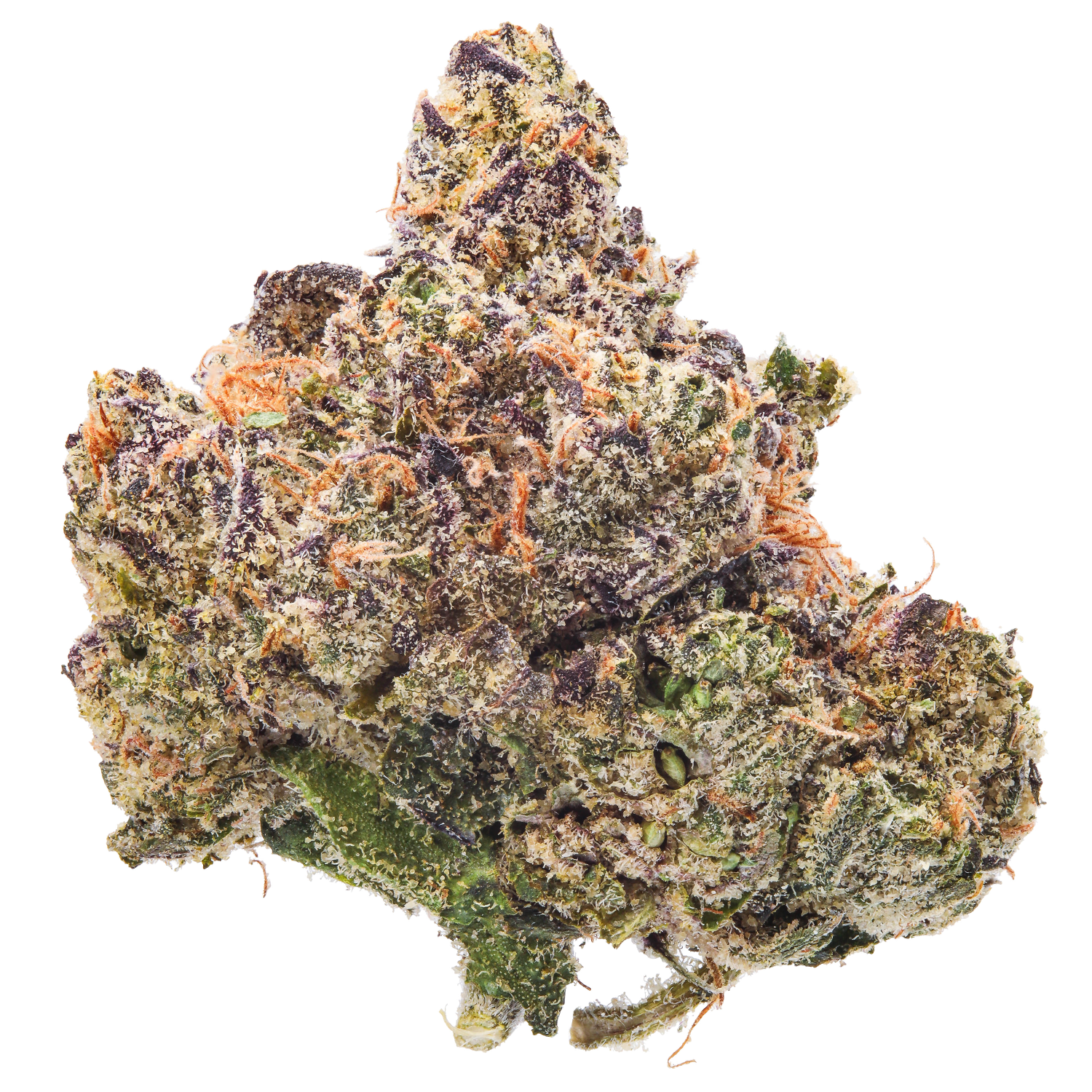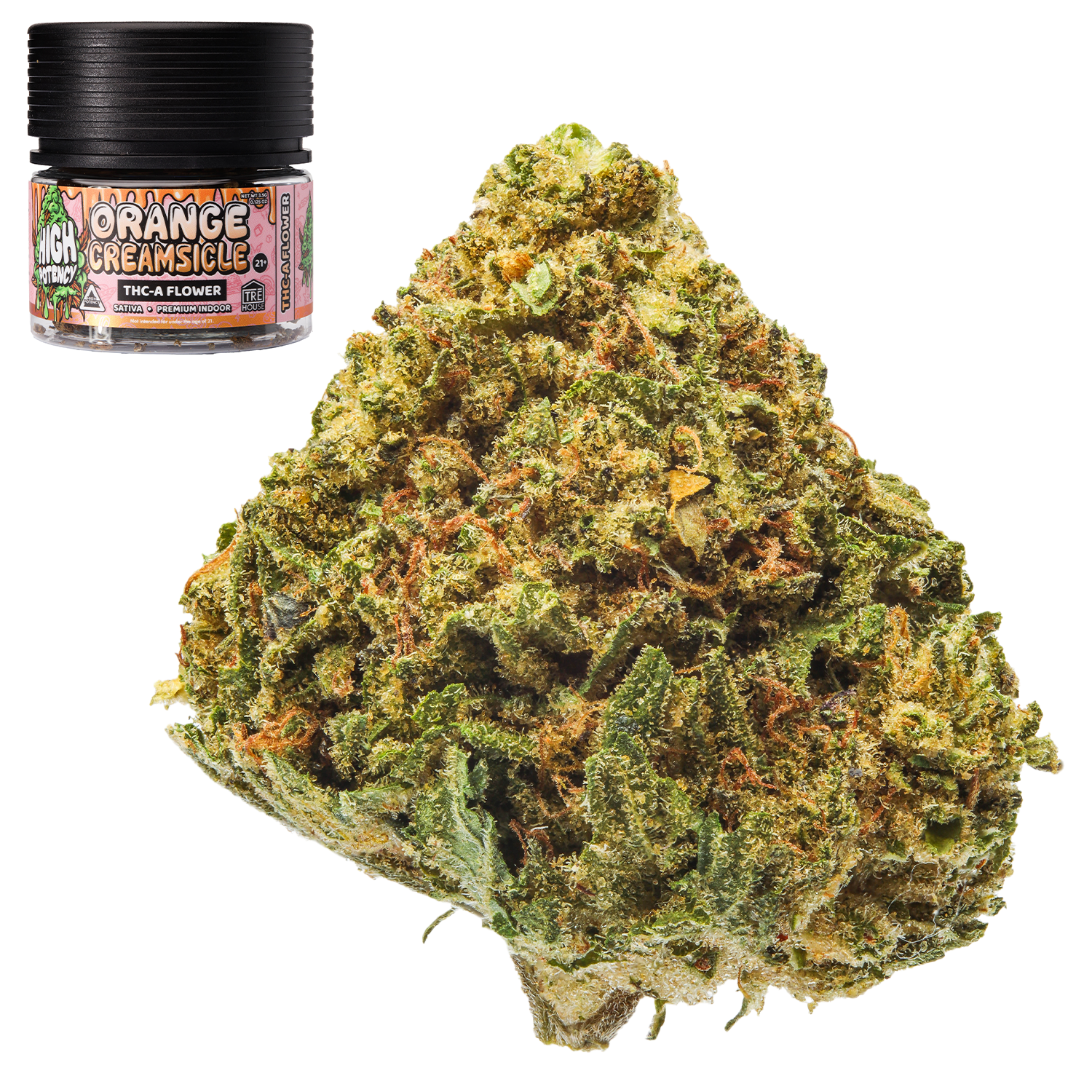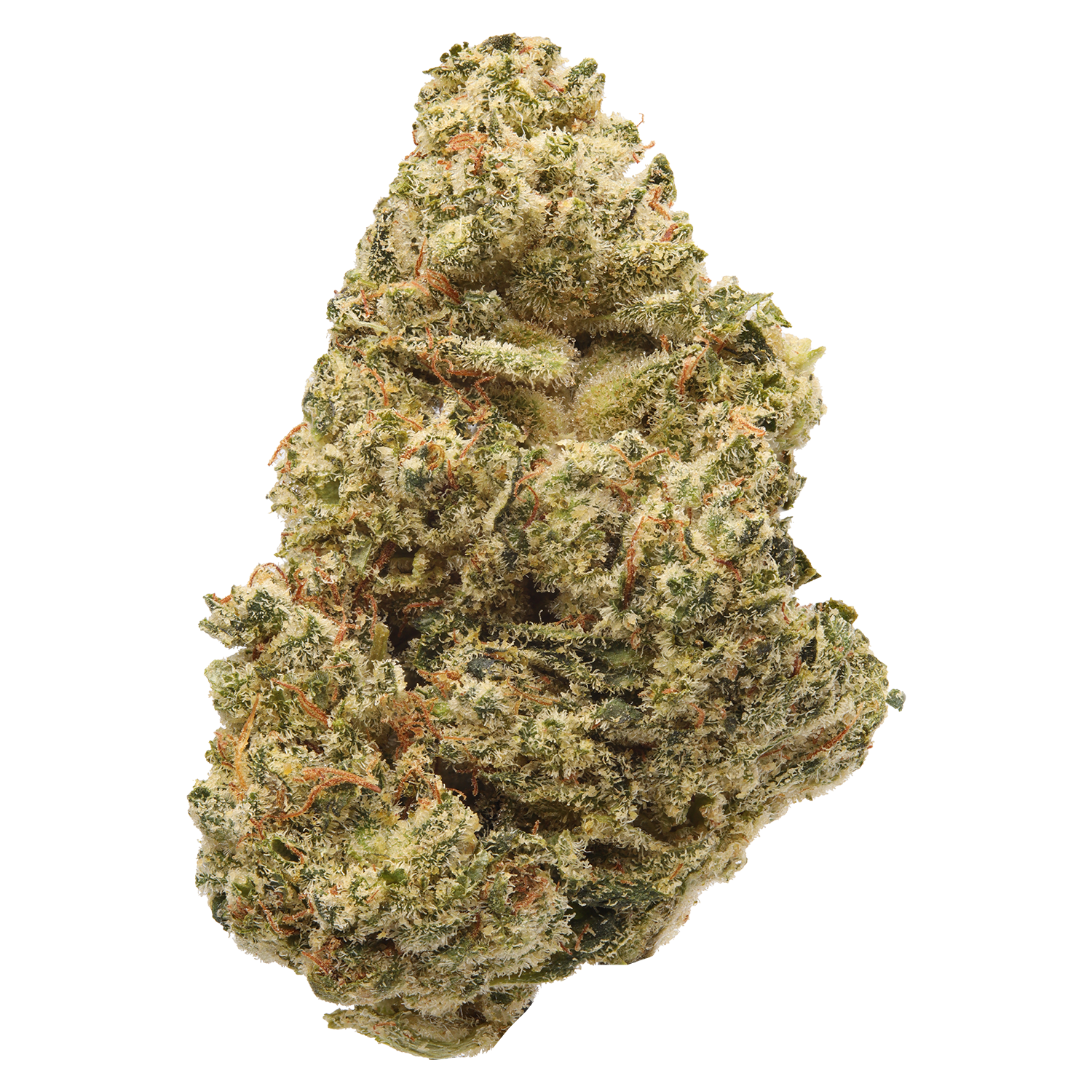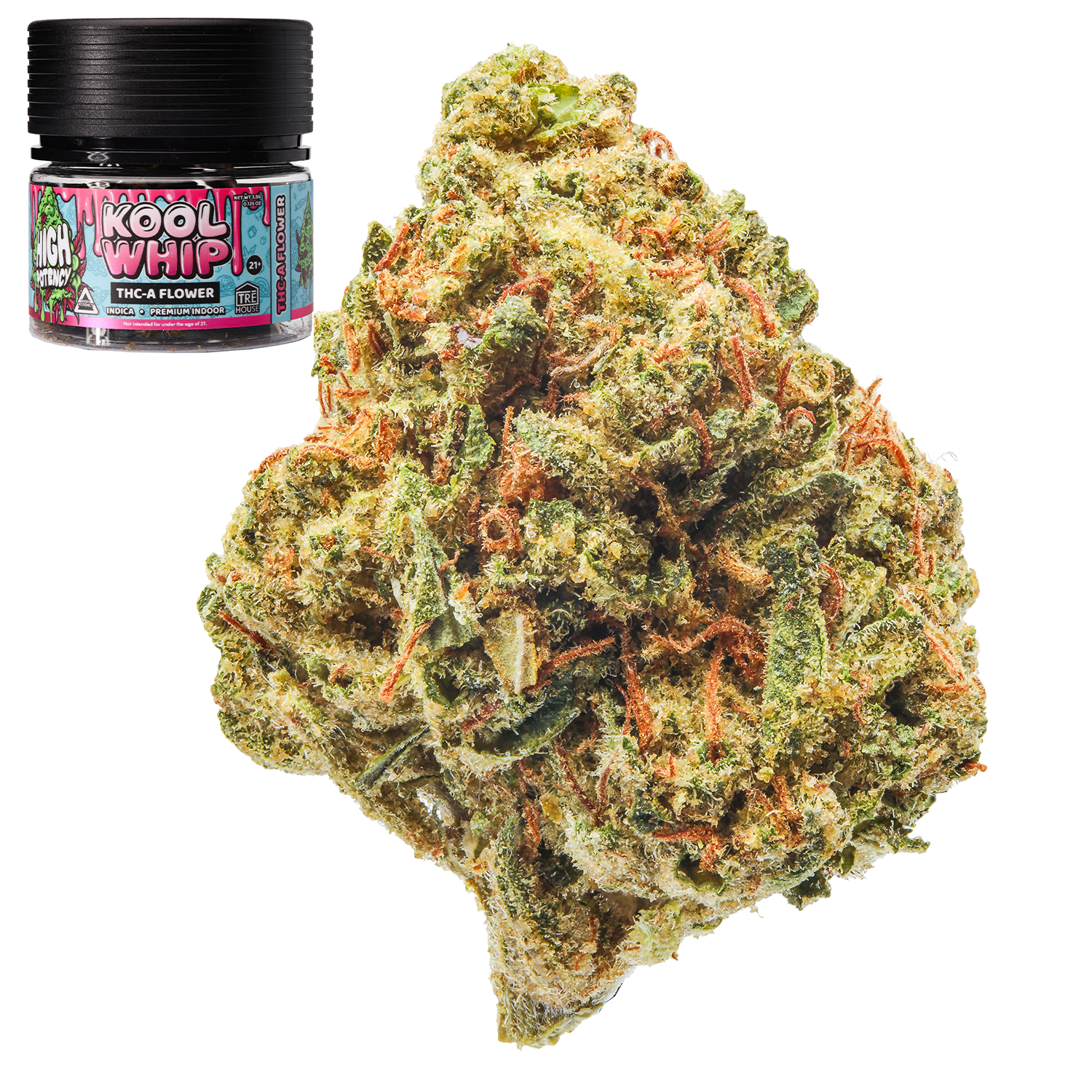In the ever-evolving world of cannabis, where hybrids and designer strains dominate dispensary shelves, there’s a growing appreciation for the plant’s roots—literally. Enter landrace strains: the original, unadulterated cannabis varieties that have thrived in specific regions for centuries.
These strains are the genetic bedrock of modern cannabis, offering a glimpse into the plant’s natural evolution and diversity. Let’s explore.
What Are Landrace Strains?
Landrace strains are cannabis varieties that have developed naturally in specific geographic regions over centuries. Unlike modern hybrids, which are bred for particular traits, landrace strains have adapted to their local environments without human intervention. This natural selection has resulted in unique genetic profiles, making them invaluable to breeders and enthusiasts alike.
These strains are typically named after their region of origin—think Afghan Kush, Thai, or Durban Poison. Their names not only denote their geographic roots but also hint at their distinct characteristics, from growth patterns to flavor profiles.
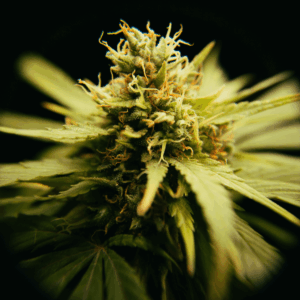
The Global Journey of Cannabis
Cannabis is believed to have originated in Central Asia, with early evidence pointing to regions like the Hindu Kush mountains. From there, it spread across the globe, carried by traders, explorers, and migrating peoples. As the plant settled in new environments, it adapted to local conditions, giving rise to diverse landrace strains.
In Africa, for instance, the warm equatorial climate led to the development of tall, sativa-dominant strains like Malawi Gold. In contrast, the harsh, mountainous regions of Afghanistan favored the evolution of short, bushy indica strains like Afghani. Each landrace tells a story of adaptation, survival, and the intricate dance between nature and nurture.
Distinctive Traits of Landrace Strains
What sets landrace strains of THCa flower apart from their hybrid descendants? Several key characteristics:
- Genetic Purity: Landrace strains have remained genetically stable over generations, untouched by modern breeding practices.
- Environmental Adaptation: These strains have evolved to thrive in their native climates, developing resistance to local pests and diseases.
- Unique Terpene Profiles: The specific conditions of their native regions have led to distinctive aromas and flavors, from the earthy notes of Afghani to the citrusy zest of Thai strains.
- Growth Patterns: Landrace strains exhibit growth habits suited to their environments, such as the towering heights of equatorial sativas or the compact stature of mountain indicas.
These traits not only make landrace strains fascinating from a botanical perspective but also offer unique experiences for consumers seeking authentic, region-specific effects.
Iconic Landrace Strains and Their Origins
Several landrace strains have achieved legendary status among cannabis aficionados:
- Afghani: Hailing from the rugged mountains of Afghanistan, this pure indica landrace strain is renowned for its resin production and deeply relaxing effects.
- Thai: Originating in Thailand’s tropical climate, Thai landrace strains are known for their uplifting sativa effects and spicy, citrus flavors.
- Durban Poison: A pure sativa landrace strain from South Africa, Durban Poison offers energetic effects and a sweet, anise-like aroma.
- Acapulco Gold: This Mexican sativa boasts a golden hue and a reputation for potent, euphoric highs.
- Malawi Gold: From the heart of Africa, this landrace sativa strain delivers a powerful, cerebral experience with sweet, spicy undertones.
- Lamb’s Bread: A Jamaican classic, Lamb’s Bread is celebrated for its uplifting effects and smooth, herbal flavor.
Each of these cannabis strains offers a unique window into the cannabis plant’s adaptability and the rich tapestry of its global journey.
The Role of Landrace Strains in Modern Breeding
Modern cannabis breeding owes a significant debt to pure landrace strains. These original cannabis genetics serve as the genetic foundation for countless hybrids, providing the raw material for breeders to craft new strains with desired traits.
By crossbreeding landrace cannabis strains, breeders have developed strains that combine the best of both worlds—such as the potency of Afghani with the uplifting effects of Thai. This blending has led to the creation of popular hybrids like OG Kush, Skunk #1, and Haze, all of which trace their lineage back to landrace ancestors.
Moreover, landrace strains offer genetic stability, making them invaluable for breeding programs aiming to produce consistent, reliable offspring.
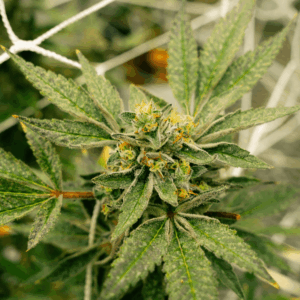
Challenges in Preserving Landrace Genetics
Despite their importance, landrace strains face numerous threats:
- Hybridization: The widespread cultivation of hybrids in modern marijuana strains can lead to cross-pollination, diluting the genetic purity of landrace populations.
- Environmental Changes: Climate change and habitat destruction can disrupt the delicate balance that allowed these strains to thrive.
- Legal and Political Barriers: In some regions, restrictive cannabis laws hinder the cultivation and preservation of native strains.
- Commercial Pressures: The market’s demand for high-yield, fast-growing hybrids often sidelines the slower, less commercially viable landraces.
Preserving these strains requires concerted efforts from breeders, conservationists, and local communities to maintain their genetic integrity and cultural significance.
The Cultural Significance of Landrace Strains
Beyond their botanical value, famous landrace strains hold deep cultural importance. In many regions, these heirloom strains are intertwined with local traditions, rituals, and economies. For example:
- Hindu Kush: In parts of Afghanistan and Pakistan, cannabis cultivation has been a way of life for generations, with hashish production playing a central role.
- Jamaican Landraces: Strains like Lamb’s Bread are not only agricultural products but also cultural symbols, associated with Rastafarianism and reggae music.
- Moroccan Kif: In Morocco, traditional cannabis farming and hashish production are integral to rural livelihoods and cultural practices.
Recognizing and respecting these cultural contexts is crucial in discussions about cannabis globalization and commercialization.
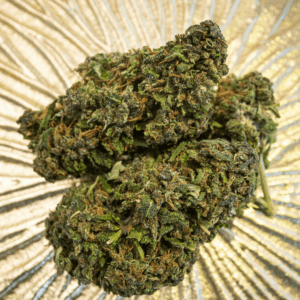
Rediscovering the Roots of Cannabis
As the cannabis industry continues to evolve, there’s a growing movement to reconnect with the plant’s origins. Enthusiasts and breeders alike are seeking out popular landrace strains for their unique qualities, dense buds, and historical significance.
For consumers and cannabis enthusiasts, exploring landrace strains offers a chance to experience cannabis in its most authentic form. Whether it’s the earthy depth of Afghani or the vibrant energy of Durban Poison, these strains provide a direct link to the plant’s rich heritage.
In embracing landrace strains, we not only honor the past but also ensure a diverse and resilient future for cannabis cultivation.
Frequently Asked Questions
1. What are landrace strains?
Landrace strains are cannabis varieties that have evolved naturally in specific geographic regions over centuries. They are genetically pure and have adapted to their local environment without human intervention, making them unique in terms of cannabinoid profiles, growth patterns, and flavor. Examples include strains like Afghani, Thai, and Durban Poison.
2. How many landrace strains are left?
While it’s difficult to pinpoint an exact number, many sativa landrace strains and indica landrace strains are endangered due to hybridization, climate change, and the increasing dominance of commercial cannabis breeding. However, several landrace strains still exist in isolated regions, often cultivated by local communities or preserved by breeders focused on cannabis conservation.
3. What is the best landrace in the world?
The “best” landrace strain depends on personal preference and desired effects. Some popular and highly regarded landrace strains include Durban Poison for its energetic effects, Afghani for its relaxing, resin-heavy qualities, and Thai for its uplifting, cerebral high. Each marijuana strain offers unique attributes based on its region of origin.
4. What are the rarest landrace strains?
Some of the rarest landrace strains include:
- Malawi Gold (from Malawi, Africa): Known for its potent sativa strain effects and sweet, spicy flavor.
- Lamb’s Bread (from Jamaica): A revered strain for its uplifting, euphoric effects and smooth flavor.
- Hindu Kush (from the Hindu Kush mountain range): Often hard to find in its purest form, this indica strain is prized for its relaxing and calming effects.
These rare original landrace strains are often difficult to find, as they are not only prized for their genetics but also face threats from hybridization and environmental challenges.






